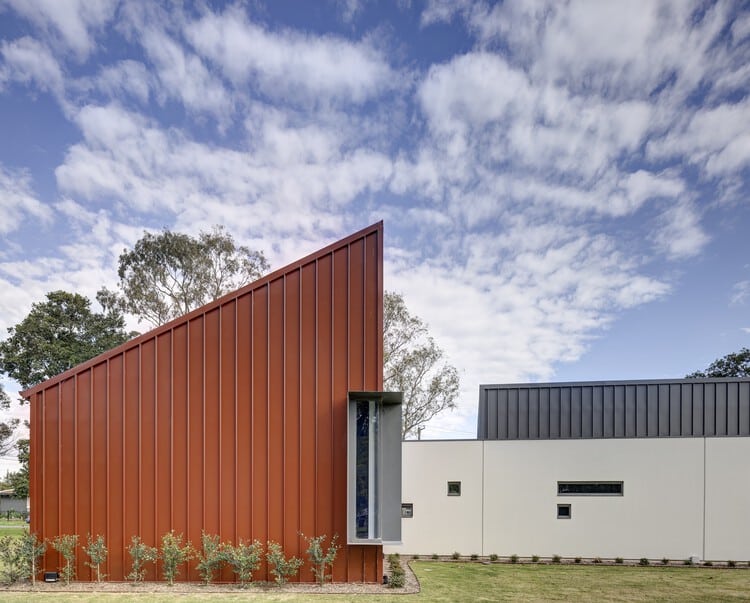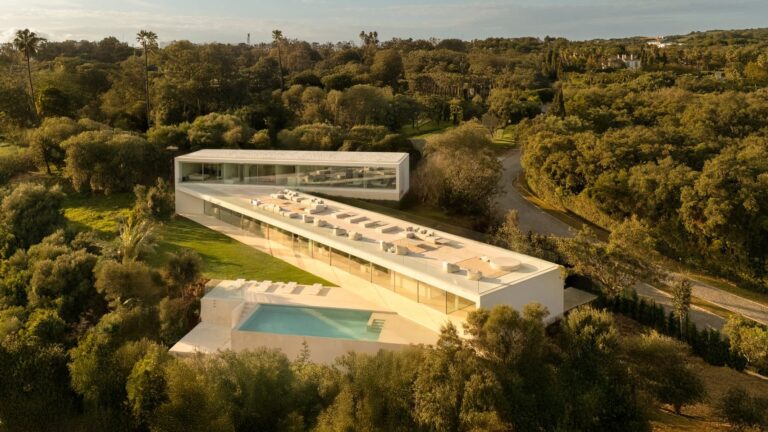In the mid-20th century, Bunker Hill stood as one of Los Angeles’ most distinct residential neighborhoods, known for its rich Victorian architecture and tightly knit community. Wooden houses with ornate detailing, steep staircases, and layered balconies shaped a streetscape that reflected nearly a century of urban evolution.
But that image didn’t last. In 1955, the city launched an ambitious urban renewal project that, while presented as a development plan, ultimately led to the complete erasure of this historic area.
A Neighborhood with Character
Bunker Hill was far from neglected. It was home to structures built in the late 1800s, showcasing craftsmanship that has become rare today. From intricately carved window frames and wraparound porches to elevated facades softened by lush greenery, the neighborhood told stories through its architecture.


Yet city planners of the era saw these same features as outdated and inefficient. As part of a nationwide post-war push for modernization, Bunker Hill was labeled a slum and targeted for clearance under policies that prioritized infrastructure and profit over preservation and community.
When Renewal Becomes Erasure
By the late 1960s, nearly every building in Bunker Hill had been demolished. The neighborhood was redesigned to include freeways, corporate towers, and wide open spaces none of which reflected the character of the original community.

Critics argue that this form of planning didn’t just remove old structures it dismantled a community and erased a piece of the city’s identity. Long-time residents were displaced, often without fair compensation or adequate resettlement plans. Their lives and histories were overlooked in favor of modern design and commercial growth.
Photographers Who Preserved What Was Lost
Today, what remains of Bunker Hill lives on not in its streets, but in photographs. Visionary photographers like Charles Cushman, George Mann, and Palmer Conner documented daily life in the neighborhood before it was razed. Children playing on porches, families leaning from balconies, corner stores on sunlit streets—these images have become rare visual records of a lost era.

Their work now serves as a silent archive, preserving the essence of a place that exists only in memory.
Capturing the Past in Print
A recently published book, Los Angeles Before the Freeway, compiles a large collection of these rare photographs not only from Bunker Hill but from several other communities dismantled by the same urban renewal policies. The book reveals a powerful contrast between what these neighborhoods once were and what replaced them, serving as a vital resource for understanding how modern Los Angeles came to be.
A Lesson in Urban Planning
Bunker Hill’s story is more than a local loss it’s a universal cautionary tale. Urban development is necessary, but when it’s done without respect for history or human impact, it can become an act of cultural erasure. The destruction of Bunker Hill wasn’t unique, but it remains one of the clearest examples of what can go wrong when planning disregards memory, place, and people.

Then and Now: Bunker Hill at a Glance
| Element | Before Redevelopment (1950s) | After Redevelopment (1970s) |
|---|---|---|
| Architectural Style | Wooden Victorian homes with ornate detail | Glass-and-concrete office towers |
| Primary Use | Residential, family-centered | Commercial and corporate |
| Social Fabric | Multi-generational, community-oriented | Original residents largely displaced |
| Visual Landscape | Narrow streets, greenery, wooden porches | Wide roads, plazas, freeways |
Further Reading & References
- Los Angeles Before the Freeway – Book
- Charles Cushman Photographic Archive – Indiana University
- Works by George Mann – Los Angeles Public Library
- Palmer Conner Collection – Getty Research Institute
ArchUp continues to track transformations in the construction industry, spotlighting projects that embrace innovation and reshape the urban landscape. The Museum of the Future is proof that when imagination meets dedication, the impossible becomes reality.







